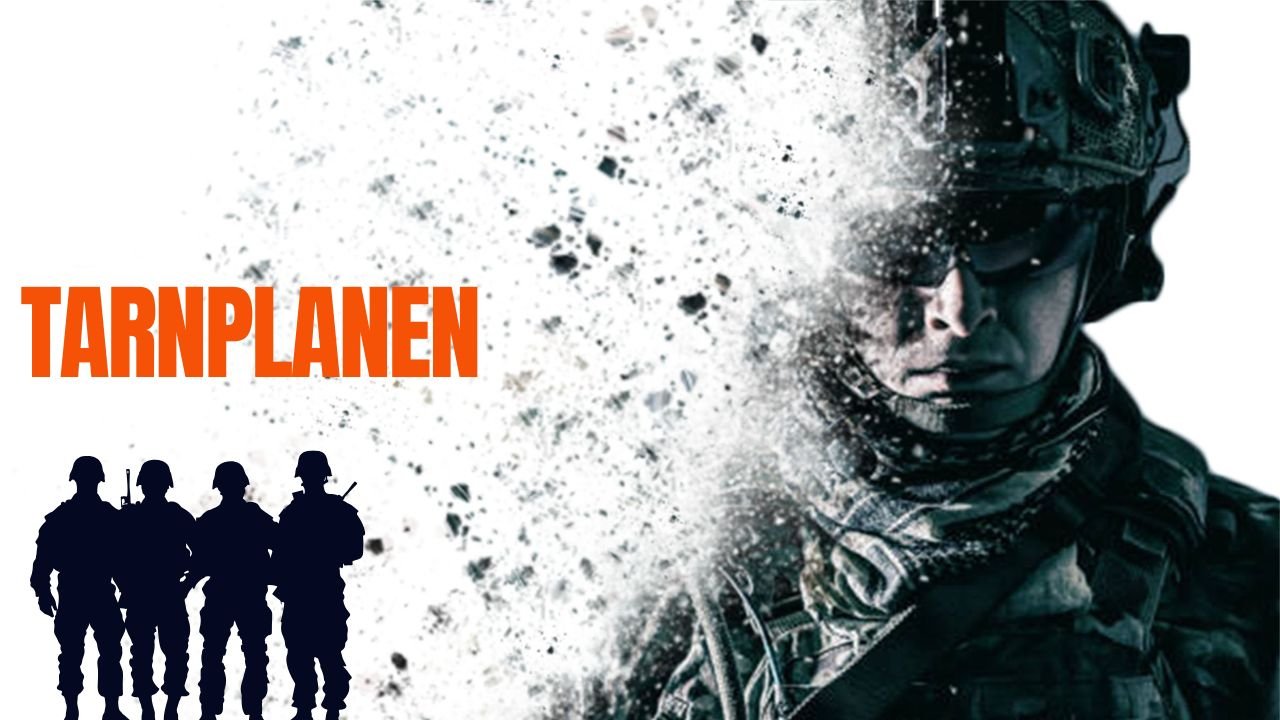
The term Tarnplanen may be unfamiliar to non-German speakers, but it refers to one of the most practical and versatile tools used in outdoor, military, and tactical operations. Rooted in German terminology, “Tarn” means camouflage or concealment, while “Planen” refers to tarps or covers. Combined, the term “Tarnplanen” translates to camouflage tarpaulins—specially designed fabric covers used for concealment and protection in diverse environments.
Whether in a combat zone, a remote camping site, or a wildlife photography expedition, tarnplanen provide both visual disguise and environmental protection, making them indispensable in situations where visibility and exposure must be controlled.
What Are Tarnplanen?
Tarnplanen are heavy-duty tarpaulins or sheets constructed with camouflage patterns and materials engineered to withstand rugged outdoor conditions. These tarps are primarily designed to blend into the environment, provide weather resistance, and offer cover or concealment for both personnel and equipment.
Originally developed for military use during the 20th century—particularly by German and NATO forces—tarnplanen have since found widespread civilian applications. They are now used globally by:
-
Survivalists and preppers
-
Hunters and wildlife photographers
-
Campers and hikers
-
Outdoor professionals and military enthusiasts
Modern versions are typically made from synthetic materials like polyester or nylon, often coated for waterproofing, and are fitted with reinforced grommets for securing them to surfaces.
Common Uses of Tarnplanen
1. Military and Tactical Operations
Tarnplanen play a crucial role in the military by enabling soldiers to conceal:
-
Vehicles, weaponry, and supply depots
-
Temporary bivouacs or observation posts
-
Equipment from both visual and infrared surveillance systems
In many NATO and non-NATO armed forces, camouflage sheets are a standard part of field deployment kits. They are especially valuable in reconnaissance and defense operations, where staying unseen can determine mission success.
According to the U.S. Department of Defense, modern camouflage methods—including tarpaulins—are integrated into a soldier’s concealment strategies, especially during long-range surveillance missions or mobile deployments.
2. Camping and Outdoor Survival
In civilian outdoor scenarios, tarnplanen are used for:
-
Emergency shelters
-
Rain covers or windbreaks
-
Protecting gear or firewood from weather
-
Ground sheets under sleeping bags
Their durability and packability make them essential in survival kits. Even ultralight backpackers carry smaller camouflage tarps due to their multi-functionality—a principle well-known in bushcraft and wilderness survival training.
3. Wildlife Photography and Hunting
Tarnplanen are especially popular among wildlife photographers and hunters who require visual stealth. Their uses include:
-
Camouflaging camera tripods or blinds
-
Concealing human scent and movement
-
Minimizing noise and reflection
When paired with natural elements like leaves and branches, these tarps can help users blend seamlessly into the environment without disturbing wildlife. For photographers working on projects like bird migration studies or big game tracking, tarnplanen enhance observation efficiency without the need for permanent hides.
Materials Used in Tarnplanen
The functionality of a tarnplane heavily depends on its material quality, as different environments demand different performance levels.
Polyester or Nylon
These are the most widely used materials due to their:
-
Light weight
-
Tear resistance
-
Quick-drying properties
-
Affordability
Synthetic tarnplanen are often treated with polyurethane (PU) or polyvinyl chloride (PVC) coatings for waterproofing. These coatings also add UV resistance, enhancing durability under prolonged sunlight exposure.
Cotton-Blend or Canvas
Older and more traditional versions may be made from cotton-blend canvas, offering:
-
Better breathability
-
A natural feel ideal for forest or field use
-
High durability under static use (e.g., long-term shelter)
However, canvas tarps tend to be heavier and prone to moisture absorption unless chemically treated for water resistance.
Reinforced Eyelets and Grommets
Modern tarnplanen are equipped with metal eyelets or plastic grommets that line the edges. These enable users to secure the tarp with paracord, stakes, or clips, ensuring it remains fixed during wind, rain, or snow.
Types of Camouflage Patterns
One of the defining characteristics of tarnplanen is the camouflage design, which varies based on terrain and operational needs.
Woodland Camouflage
Characterized by green, brown, and black patterns, this design is suited for forests, jungles, or wooded environments. It is one of the oldest and most widely used camo types globally.
Desert Camouflage
Designed for arid or sandy regions, desert camo uses tan, beige, and brown tones. It’s commonly used by military forces in the Middle East, North Africa, and southwestern U.S. regions.
Urban Camouflage
Used in urban warfare or industrial zones, this pattern typically features gray, black, and white shades to blend with buildings, roads, and infrastructure.
Digital or Pixel Camouflage
Developed in the early 2000s, pixelated camo uses small square patterns to break up shapes more effectively, fooling both human eyes and optical surveillance systems. It’s favored by several NATO countries and advanced combat units.
How to Use Tarnplanen Effectively
To make the most of a tarnplane in the field, proper technique is essential.
-
Placement Matters: Align the tarp’s pattern with the natural colors and textures of your environment. Misplaced patterns can actually draw more attention than conceal.
-
Blend with Natural Elements: Overlay the tarp with grass, dirt, or leaves to soften its shape and shine.
-
Anchor Securely: Use reinforced corners and tie-down points to prevent movement caused by wind or rain.
-
Avoid Overuse: Too much camouflage in one area can appear artificial. Break up shapes irregularly to avoid forming recognizable patterns.
These techniques are taught in both military fieldcraft and survival training courses as part of basic concealment methodology.
Legal and Ethical Considerations
While tarnplanen are widely sold and legally used in most countries, there are important legal and ethical points to consider:
-
Military Pattern Restrictions: Some jurisdictions restrict the use of official military camouflage for civilians, especially in conflict-prone regions.
-
Wildlife Protection: In protected reserves or national parks, using camouflage to conceal oneself may violate local wildlife laws.
-
Hunting Regulations: Hunters must adhere to regulations regarding concealment, especially during firearm seasons, where visibility (e.g., wearing blaze orange) is mandatory for safety.
Always research local laws and respect conservation policies to ensure your use of tarnplanen is both lawful and responsible.
What to Look for When Buying Tarnplanen
Whether buying from a military surplus store or a modern outdoor supplier, keep these factors in mind:
-
Material durability and tear resistance
-
Waterproofing quality (PU or PVC coating)
-
Weight and packability for easy transport
-
Number and quality of grommets for anchoring
-
Camouflage pattern suitable for your intended terrain
Higher-end models may also include IR suppression coatings, reducing visibility under night vision equipment—a feature beneficial for tactical professionals.
Conclusion
The term tarnplanen may originate from German, but its significance crosses language and border. These camouflage tarps have evolved from military origins to serve outdoor enthusiasts, survivalists, photographers, and professionals in a wide range of fields.
Their ability to offer protection, concealment, and versatility in demanding environments makes them a must-have tool for anyone operating in the wilderness or tactical zones. With the right understanding of materials, usage techniques, and legal considerations, tarnplanen can serve as a reliable and effective solution for environmental protection and visual stealth.
Whether you’re trekking through a forest, setting up a wildlife blind, or preparing a tactical loadout, choosing and using a tarnplane wisely can significantly enhance your readiness, safety, and success in the field.





